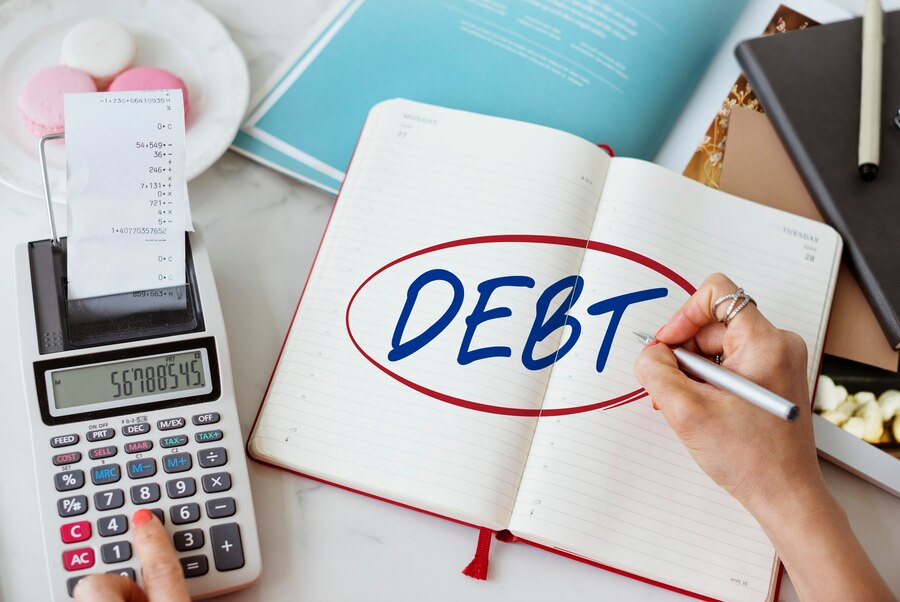Creating a debt repayment plan that works for you is essential for achieving financial freedom and reducing stress related to debt. With the right strategies in place, you can systematically pay off your debts while maintaining a balanced lifestyle. This article will guide you through effective methods for developing a personalized debt repayment plan that suits your financial situation and goals.
Understanding Your Debt

Before creating a repayment plan, it’s crucial to have a clear understanding of your debt. Gather all relevant information about your outstanding debts, including:
- Total Amount Owed: Know how much you owe across all debts.
- Interest Rates: Identify the interest rates associated with each debt.
- Minimum Payments: Understand the minimum payments required for each account.
- Due Dates: Keep track of when payments are due to avoid late fees.
Steps to Create an Effective Debt Repayment Plan
- List Your Debts: Start by creating a comprehensive list of all your debts. Include credit cards, student loans, personal loans, and any other obligations. Organize them by balance, interest rate, or due date—whichever method resonates best with you.
- Choose a Repayment Strategy: There are several popular strategies for paying off debt:
- Debt Avalanche Method: Focus on paying off the debt with the highest interest rate first while making minimum payments on all other debts. This method saves you the most money in interest over time.
- Debt Snowball Method: Pay off the smallest debt first to build momentum and motivation. Once the smallest debt is eliminated, move on to the next smallest balance.
- Consolidation Method: Combine multiple debts into one loan with a lower interest rate. This can simplify payments and potentially reduce the total interest paid.
- Create a Budget: Develop a budget that prioritizes debt repayment while covering essential living expenses. Identify areas where you can cut back on discretionary spending and redirect those funds toward your debt payments.
- Set Realistic Goals: Establish specific, measurable goals for your debt repayment journey. For example, aim to pay off a certain amount of debt within a specific timeframe. Setting milestones can help keep you motivated.
- Automate Payments: Set up automatic payments for your debts to ensure you never miss a due date. Automating payments can help prevent late fees and keep you on track with your repayment plan.
- Increase Your Income: Consider ways to boost your income through side jobs or freelance work. Use any additional income to accelerate your debt repayment efforts.
- Monitor Your Progress: Regularly review your debt repayment plan and track your progress toward your goals. Celebrate small victories along the way to maintain motivation.
- Seek Professional Help if Needed: If your debt feels overwhelming or you’re struggling to make progress, consider consulting with a financial advisor or credit counseling agency for personalized guidance.
Conclusion
Creating an effective debt repayment plan is an empowering step toward financial freedom. By understanding your debts, choosing the right repayment strategy, and staying committed to your goals, you can eliminate debt without sacrificing your quality of life. Remember that patience and persistence are key; every small payment brings you closer to being debt-free.
FAQs
1. What is the best method for paying off debt?
The best method depends on your personal preferences; the Debt Avalanche method saves more money in interest while the Debt Snowball method provides quick wins and motivation.
2. How do I create a budget for debt repayment?
List all sources of income and expenses, prioritize essential expenses, identify areas where you can cut back, and allocate extra funds toward your debt payments.
3. Can I consolidate my debts?
Yes! Debt consolidation combines multiple debts into one loan with potentially lower interest rates, simplifying payments and possibly reducing total interest costs.
4. How often should I review my repayment plan?
It’s advisable to review your repayment plan at least monthly or whenever there are significant changes in your financial situation.
5. What happens if I miss a payment?
Missing a payment can result in late fees and negatively impact your credit score; it’s important to communicate with creditors if you’re having trouble making payments.
6. How can I increase my income to pay off debt faster?
Consider taking on part-time work, freelancing, selling unused items, or asking for overtime at your current job to generate extra cash.
7. Is it better to pay off high-interest or low-balance debts first?
If you’re motivated by quick wins, use the Debt Snowball method; if saving money is more important, use the Debt Avalanche method by focusing on high-interest debts first.
8. What should I do if my debt feels overwhelming?
Consider seeking help from a financial advisor or credit counseling service that can provide personalized strategies tailored to your situation.
9. How long will it take to pay off my debt?
The timeframe depends on various factors including total amount owed, interest rates, monthly payment amounts, and chosen repayment strategy; use online calculators for estimates.
10. Can I negotiate my interest rates with creditors?
Yes! Many creditors are willing to negotiate lower interest rates if you have a good payment history; it’s worth reaching out to discuss options.
